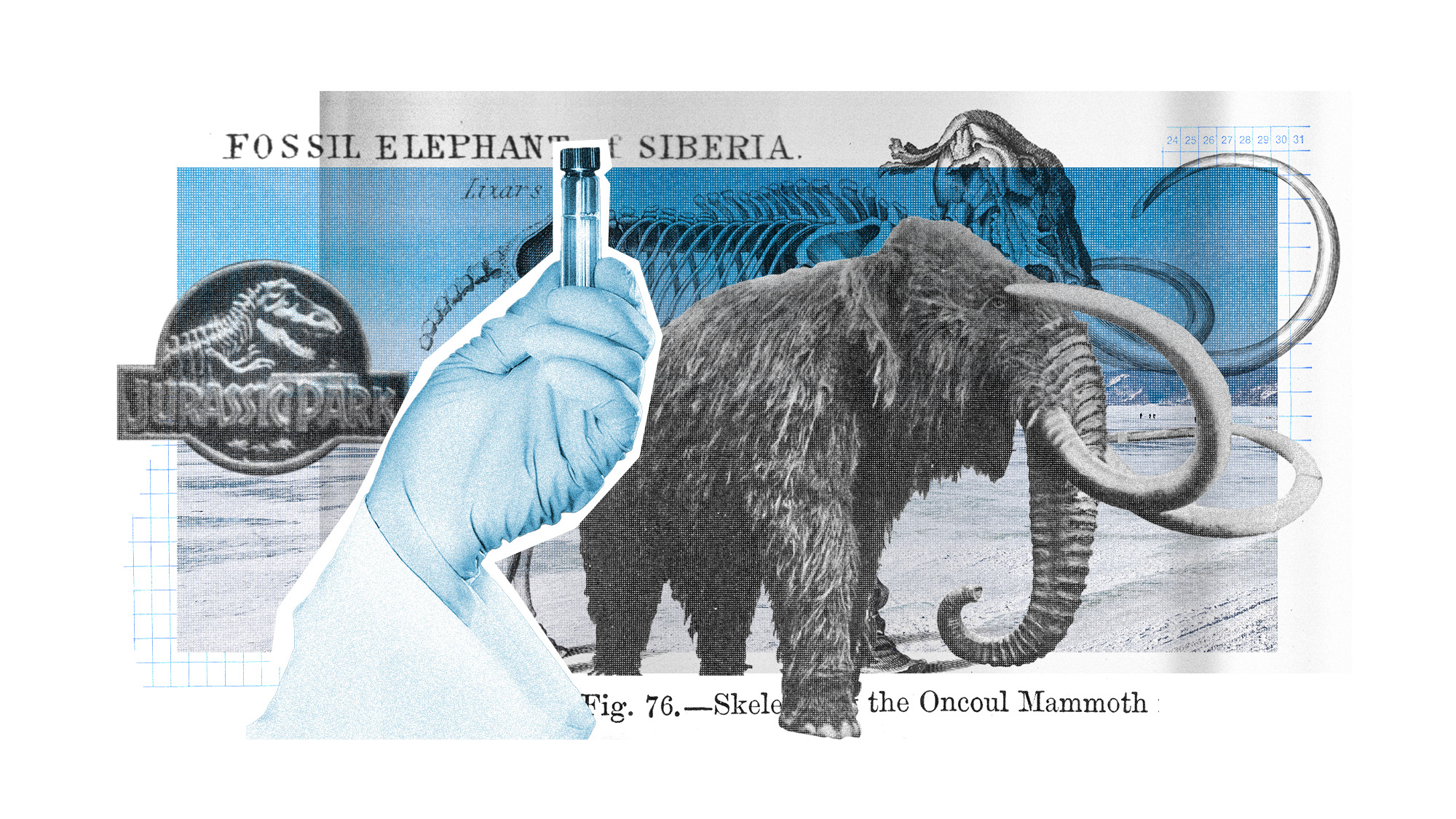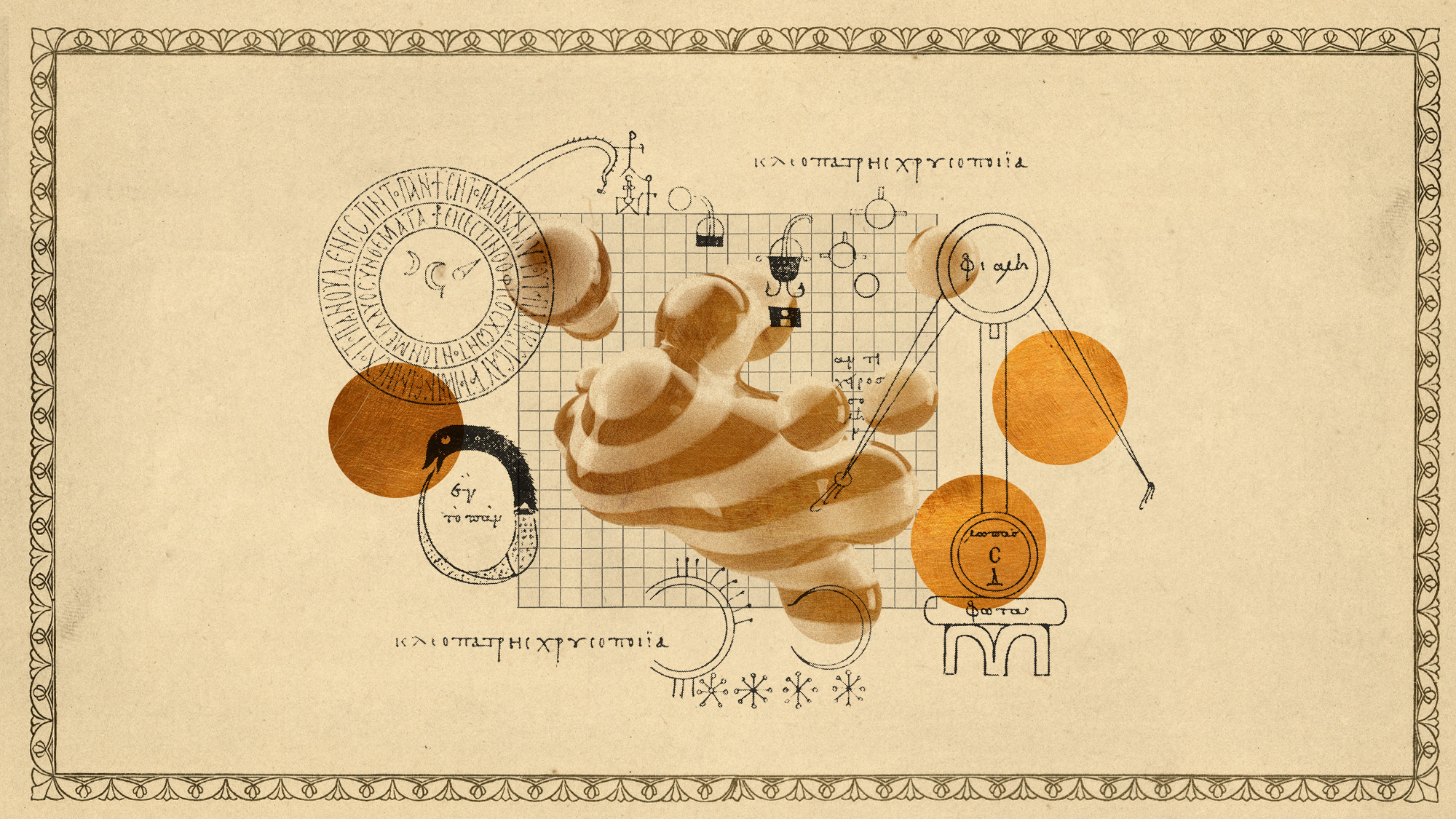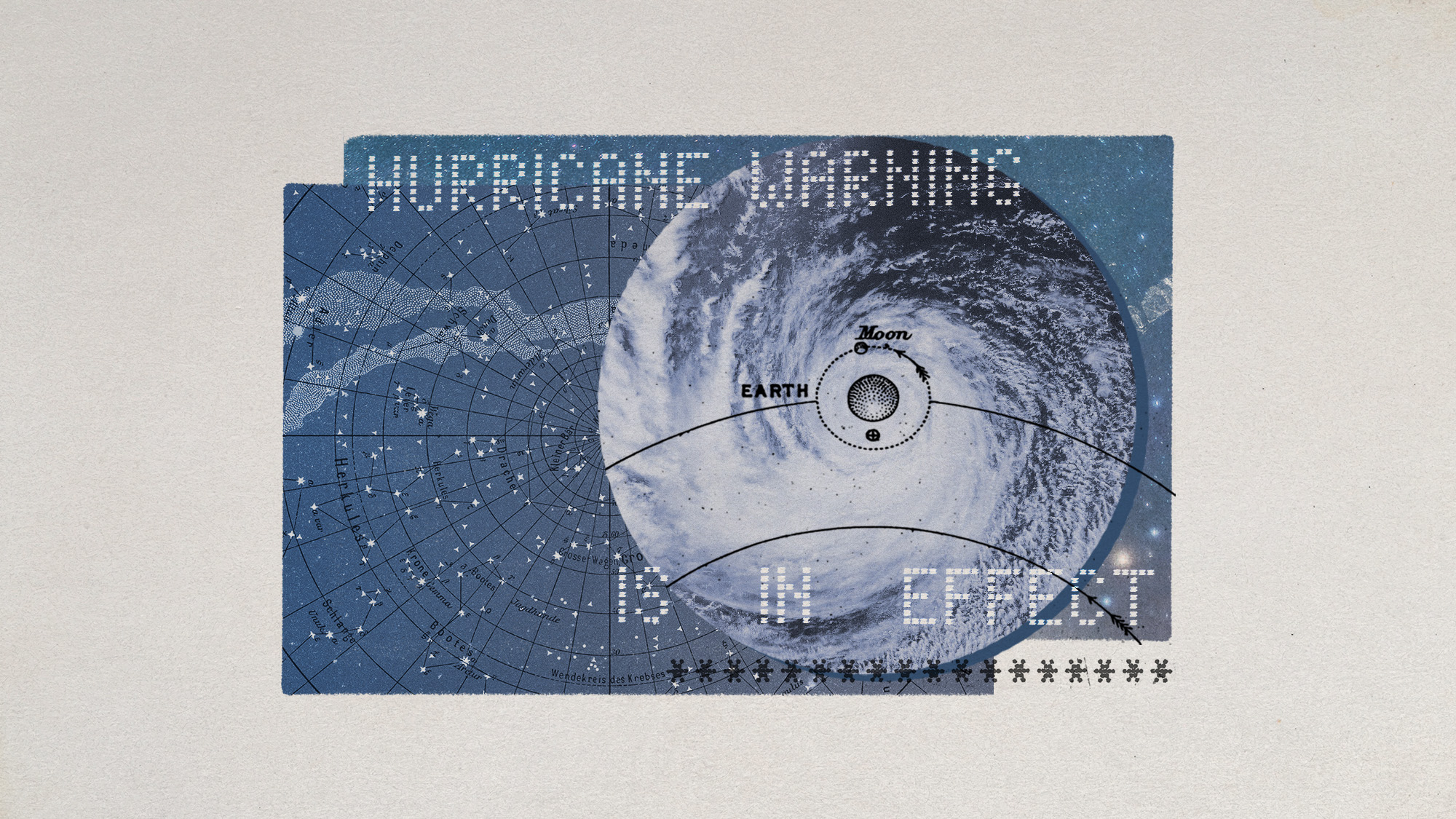The de-extinction process to bring woolly mammoths back to life
Biotechnology start-up's stem cell research brings possibility of genetically engineered species a step closer

"Your scientists were so preoccupied with whether they could, they didn't stop to think if they should," said Jeff Goldblum's character Dr Ian Malcolm in the 1993 blockbuster "Jurassic Park".
People could be saying something similar in just a few decades' time about a major announcement by a Dallas-based biotechnology and genetic engineering company about its efforts to revive the long-extinct woolly mammoth.
Colossal Laboratories and Biosciences revealed last week that it has successfully converted cells from Asian elephants into induced pluripotent stem cells (iPSCs). The start-up now aims to convert these iPSCs into egg and sperm cells that will carry selected genetic traits. From there, the plan would be for a surrogate elephant mother to carry a fertilised egg.
The Week
Escape your echo chamber. Get the facts behind the news, plus analysis from multiple perspectives.

Sign up for The Week's Free Newsletters
From our morning news briefing to a weekly Good News Newsletter, get the best of The Week delivered directly to your inbox.
From our morning news briefing to a weekly Good News Newsletter, get the best of The Week delivered directly to your inbox.
According to Colossal's own definition of "de-extinction", the company wants to create an elephant that "both resembles and is genetically similar to an extinct species" – essentially, one that biologically mimics their ancient sister species.
How does this cell technology work?
PSCs exist in embryos and can become almost any type of cell. Colossal specifies that its pluripotent stem cells are "induced" because they were bioengineered in a lab. This is the first time that iPSCs have been derived from elephants, said New Scientist.
"What's beautiful about the cells is they can potentially renew indefinitely and differentiate into any cell type of the body," said Eriona Hysolli, head of biological sciences at Colossal.
Not only can these iPSCs be used in Colossal's primary goal of creating an animal biologically similar to woolly mammoths, they can help to improve our understanding of the endangered Asian elephants they came from, said Oliver Ryder, director of conservation genetics at the San Diego Zoo Wildlife Alliance.
A free daily email with the biggest news stories of the day – and the best features from TheWeek.com
Ryder, who isn't involved in Colossal's research, told NPR that its work "opens up new possibilities for conserving species' genetic diversity, preventing extinction and contributing to the sustainability of species".
What is the end goal?
Colossal isn't trying to create a woolly mammoth simulacrum just for kicks, said Wired. The start-up hopes its research will eventually produce an animal that can play the ecological role that woolly mammoths once did in the Arctic ecosystem – "grazing the land and trampling snow cover, potentially decelerating the melting of permafrost".
A small 2020 study conducted in Siberia indicated some evidence of lower soil temperatures in areas where large mammals were historically present. But some experts have disagreed with this approach, stressing that the uniquely rapid rate of warming occurring in the Arctic would make it difficult for specially adapted elephants to make much difference.
Many other concerns have been raised too. The Asian elephants that Colossal relies on for its cells are endangered. Once their work progresses, they will need to use them as surrogate mothers as well too.
The combined dangers of cloning, genetic engineering and surrogacy have led King’s College London stem cell expert Dusko Ilic to call for "careful consideration of the ethical implications and consequences" of this project. "There are bound to be failed attempts," he told New Scientist. "How many elephant cows will have to be subjected to the experimental pregnancies?"
Gabriela Mastromonaco, senior director of wildlife science at Toronto Zoo, suggested that the focus should be shifted back to the present rather than trying to resurrect the past, calling Colossal's research "a distraction".
"There are so many species going extinct today. We're actually not going to be able to help any of them if we're thinking about the wooly mammoth," she told NPR.
What will happen next?
The team next needs to edit the DNA of these iPSCs to carry the desired traits of a woolly mammoth using fossil-extracted mammoth DNA. Colossal's iPSC conclusions have not yet been peer-reviewed and further research is necessary.
Speaking to CNN, George Church, a geneticist at Harvard University and Colossal's co-founder, laid out three benchmarks that the scientists are working towards.
The first would be a fully formed and viable engineered elephant, which he projected as being possible within "six years from 2021". He said the next "major milestones" would be the development of an elephant that's resistant to the cold, and if the project is "scalable" and "doesn't involve surrogates". That final step is "an unknown distance out".
-
 ‘Let 2026 be a year of reckoning’
‘Let 2026 be a year of reckoning’Instant Opinion Opinion, comment and editorials of the day
-
 Why is Iran facing its biggest protests in years?
Why is Iran facing its biggest protests in years?TODAY’S BIG QUESTION Iranians are taking to the streets as a growing movement of civic unrest threatens a fragile stability
-
 How prediction markets have spread to politics
How prediction markets have spread to politicsThe explainer Everything’s a gamble
-
 The moon is rusting
The moon is rustingUnder the radar The Earth is likely to blame
-
 Parthenogenesis: the miracle of 'virgin births' in the animal kingdom
Parthenogenesis: the miracle of 'virgin births' in the animal kingdomThe Explainer Asexual reproduction, in which females reproduce without males by cloning themselves, has been documented in multiple species
-
 Canyons under the Antarctic have deep impacts
Canyons under the Antarctic have deep impactsUnder the radar Submarine canyons could be affecting the climate more than previously thought
-
 Atoms into gold: alchemy's modern resurgence
Atoms into gold: alchemy's modern resurgenceUnder the radar The practice of alchemy has been attempted for thousands of years
-
 A rat infestation is spelling trouble for the almond industry
A rat infestation is spelling trouble for the almond industryThe Explainer The infestation has affected at least 100,000 acres in California
-
 Hurricanes are not exclusive to Earth. They can happen in space.
Hurricanes are not exclusive to Earth. They can happen in space.Under the radar These storms may cause navigational problems
-
 Rabbits with 'horns' sighted across Colorado
Rabbits with 'horns' sighted across Coloradospeed read These creatures are infected with the 'mostly harmless' Shope papilloma virus
-
 'Thriving' ecosystem found 30,000 feet undersea
'Thriving' ecosystem found 30,000 feet underseaSpeed Read Researchers discovered communities of creatures living in frigid, pitch-black waters under high pressure